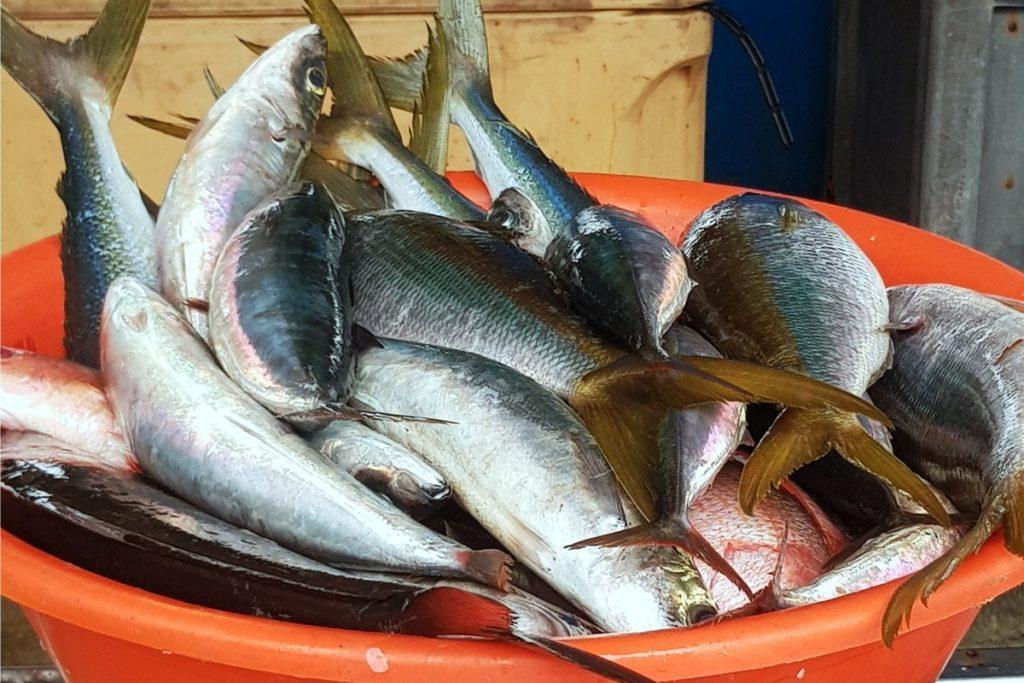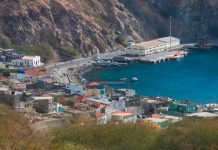Africa-Press – Cape verde. Cape Verde has not implemented fishing agreements with Mauritania and Senegal because it does not have a sufficiently developed fleet to fish outside its territorial waters, concluded in a report consulted this Thursday by Lusa.
The information is contained in the first report of the Fisheries Transparency Initiative (FiTI), which Cape Verde joined in 2023, and which was recently published, referring to the year 2022.
The document states that Cape Verde has fishing agreements with countries on the African coast, namely Mauritania and Senegal, allowing fishing in the waters of each country and vice versa.
“The same have not been practiced by Cape Verde, as it does not have a sufficiently developed fleet to fish outside its territorial waters”, he added.
Cape Verde also has a partnership for Sustainable Fisheries with the European Union and Cape Verde, signed in Brussels on May 20, 2019, which allows vessels from EU countries to fish 8,000 tons of tuna for 750 thousand euros annually.
The agreement, valid until 2024, came “definitely into force for both parties on July 8, 2020”, after “fulfilling the legal requirements established for this purpose”.
This agreement allows vessels from Spain, Portugal and France (European Union) to fish in Cape Verdean waters, integrating the tuna net fishing agreements in West Africa.
A diplomatic source recently told Lusa that the agreement is being renegotiated by the parties.
The foreign fleet fishes in Cape Verde through commercial agreements, for the concession of exploration, beyond 12 nautical miles (19 kilometers), of a part of the resources.
Licensed vessels are canine vessels, purse seiners and longliners.
Cape Verde was approved in February last year as a candidate for the Fisheries Transparency Initiative (FiTI), becoming the fifth country to receive this status, along with Ecuador, Madagascar, Seychelles and Mauritania.
One of the initiative’s recommendations to Cape Verde was the creation of a national multisectoral group, responsible for preparing this, the first report on the sector in the country.
The document was produced by the National Multisectoral Group (GMN) FiTI of Cape Verde, composed of 15 members, representing the Government, companies and civil society.
At the end of 2021, Cape Verde had 1,626 fishing vessels, 4,062 fishermen and artisanal fishermen.
The annual capture potential of Cape Verde’s fishery resources is estimated between 33,473 and 46,585 tons, in an activity historically divided into three models: artisanal fishing, semi-industrial fishing and industrial fishing.
The archipelago has a surface area of 4,033 square kilometers (km2), is spread over an area of approximately 87 miles (140 km) in radius, with around 1,000 km of coastline and a maritime area of national responsibility of 734,265 km2, which includes the archipelagic waters, the territorial sea, the contiguous zone and the Exclusive Economic Zone.
For More News And Analysis About Cape verde Follow Africa-Press






